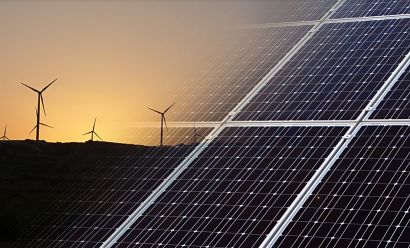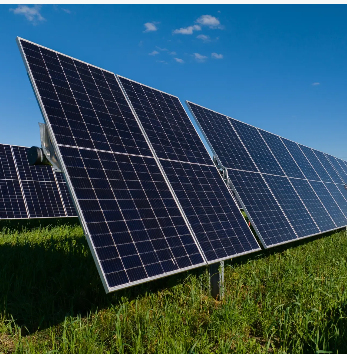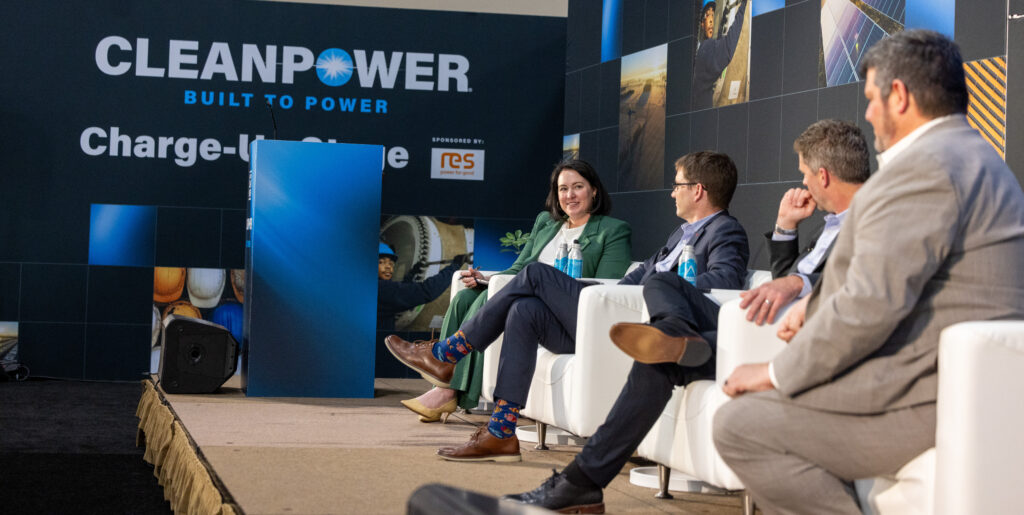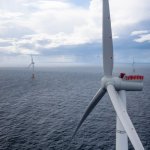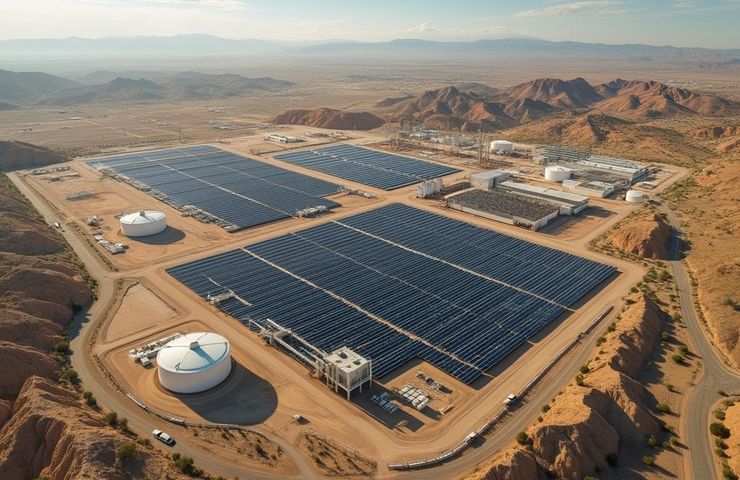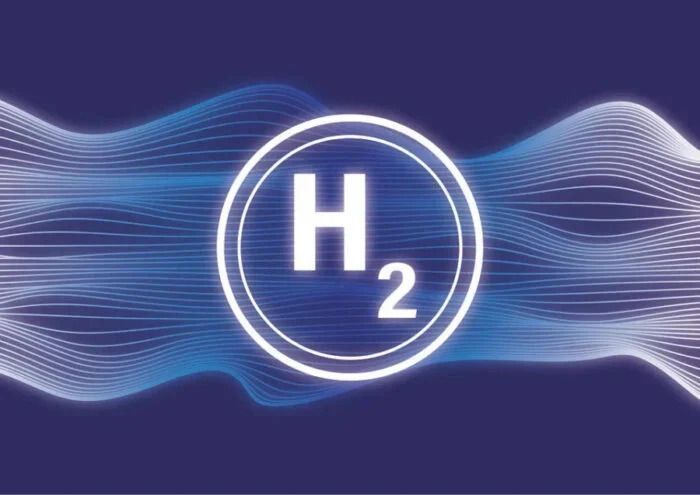TU Delft researchers build 23.4%-efficient heterojunction solar cell with localized front contacts
Researchers at the Delft University of Technology have developed a top-down processing method to synthesize the localized front contact architecture in heterojunction solar cells. The new technique reportedly enables to improve a cell's fill factor and resilience against ultraviolet-induced degradation.

Researchers at the Delft University of Technology have developed a top-down processing method to synthesize the localized front contact architecture in heterojunction solar cells. The new technique reportedly enables to improve a cell's fill factor and resilience against ultraviolet-induced degradation.
Scientists at Delft University of Technology (TU Delft) in the Netherlands have designed a rear junction heterojunction (RJ-SHJ) solar cell with a localized front carrier-selective passivating contact that covers only the area contacted by the metal grid.
“The main novelty of our work is the self-aligned approach to localize the front contact of the cell,” the research's lead author, Sebastian Smits, told pv magazine. “In the past, other research groups have also tried to localize the front contact by omitting the transparent contact oxide (TCO) at the front or localizing it by deposition through a hard mask. Instead, we chose to first fully fabricate a regular SHJ solar cell, and subsequently remove the constituents of the front contact from the area’s not covered by the front metal grid.”
The scientists explained that the approach they used to build the localized front contacts does not compromise the mechanical stability of the cells, as it leverages the front metal grid as a mask for local etching, with the contacts and n-doped layers being selectively etched from the window openings. “By leveraging hydrogenated nanocrystalline silicon (nc-SiOx:H) in the front contact, we were able to do this without introducing resistive losses or damaging the surface passivation, which can affect fill factor and open-circuit voltage, respectively,” Smits added.
In the following step, the research team introduced a nc-SiOx:H “stopping” layer between the intrinsic layer and the contact stack, which allows the complete removal of the stack from the window openings without affecting the intrinsic layer itself, with an 8 nm nc-SiOx:H layer being sufficient to act as a barrier inhibiting the etching of the layer beneath. “Besides providing lateral transport of charge carriers, the front TCO also acts as an anti-reflecting coating (ARC) mitigating the large difference of refractive index between silicon and air,” it stressed.
The scientists built a 3.96 cm2 with this configuration and found it provides “sufficient” lateral conductivity within the n-type c-Si bulk to replace the full-area front TCO. Tested under standard illumination conditions, the device achieved a power conversion efficiency of 23.4%, an open-circuit voltage of 715 mV, a short-circuit current density of 40.5 mA/cm2, and a fill factor of 80.9%.
These results represent the highest values ever recorded for an HJT solar cell based on the localized front contact architecture.
“Furthermore, from external quantum efficiency (EQE) and spectrophotometry reflectance measurements, the fraction of the light lost to parasitic light absorption in the localized front contact architecture was found to be reduced by 1.22 mA cm2 compared to reference solar cells based on the same precursors, featuring the traditional architecture,” they emphasized.
“The unprecedented conservation of fill factor in the presented localized front contact solar cells opens new doors for low contact resistance (n)-type carrier-selective passivating contacts enabling high-efficiency front/back-contacted (FBC) HJT solar cells that can reduce indium consumption and improve resilience against ultraviolet-induced degradation (UVID),” they added.
The new solar cell concept was presented in “Silicon Heterojunction Solar Cells Featuring Localized Front Contacts,” published in RRL Solar.
What's Your Reaction?

















